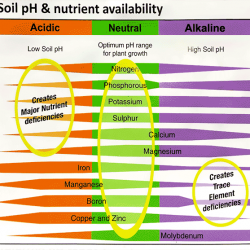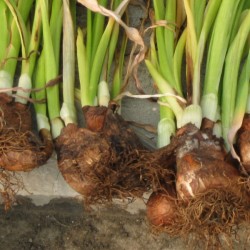Plant propagation: Part 2
Notes from Urban Veggie Gardening Workshop # 4 While most of our vegetables result from planting seeds, there are other ways that plants can be propagated. This is a huge topic so will learn provide a few examples here related to some of the plants we actually grow. Starting from a tuber Sweet potato (Kumera) [more]




